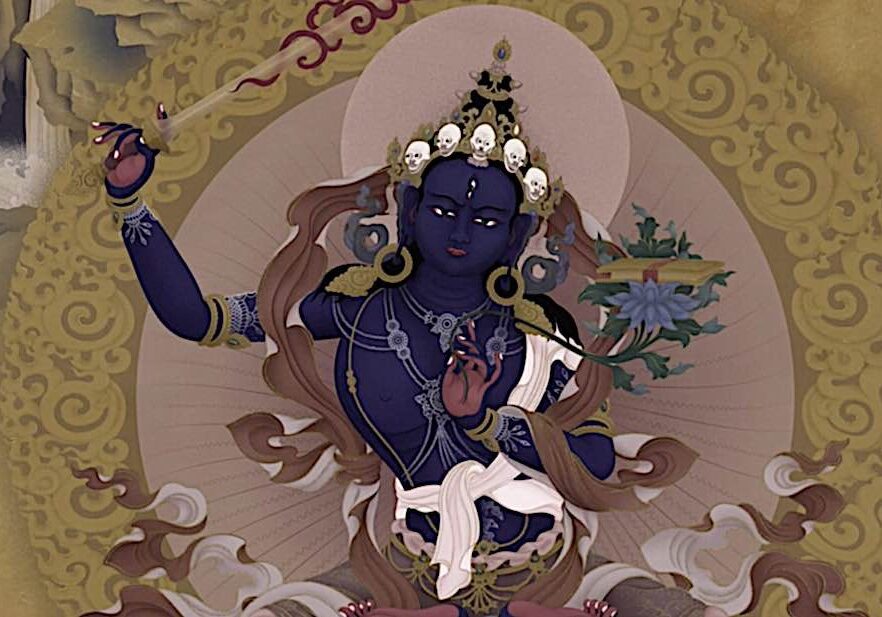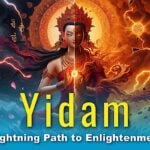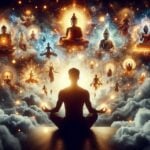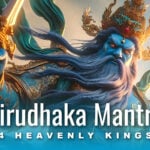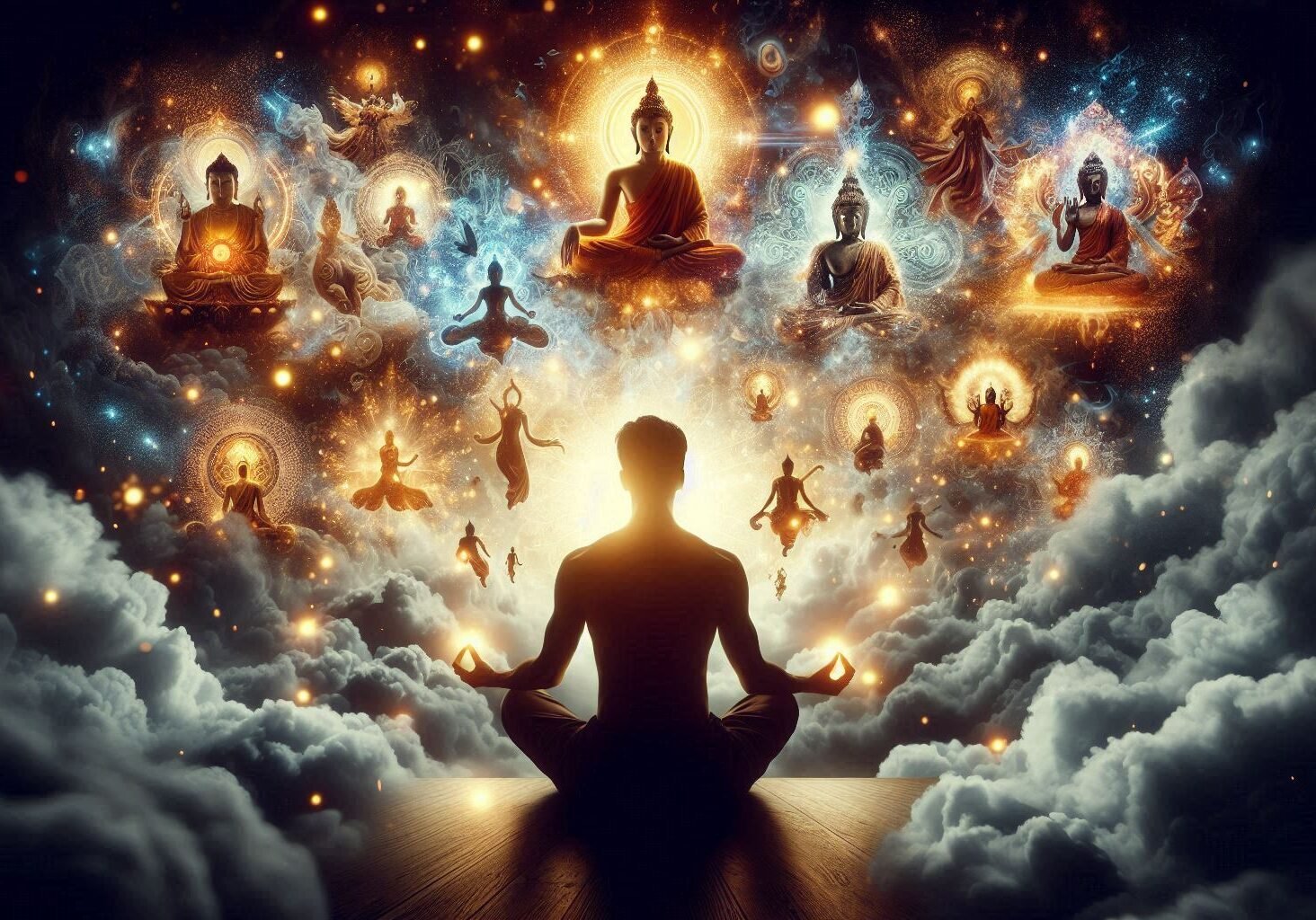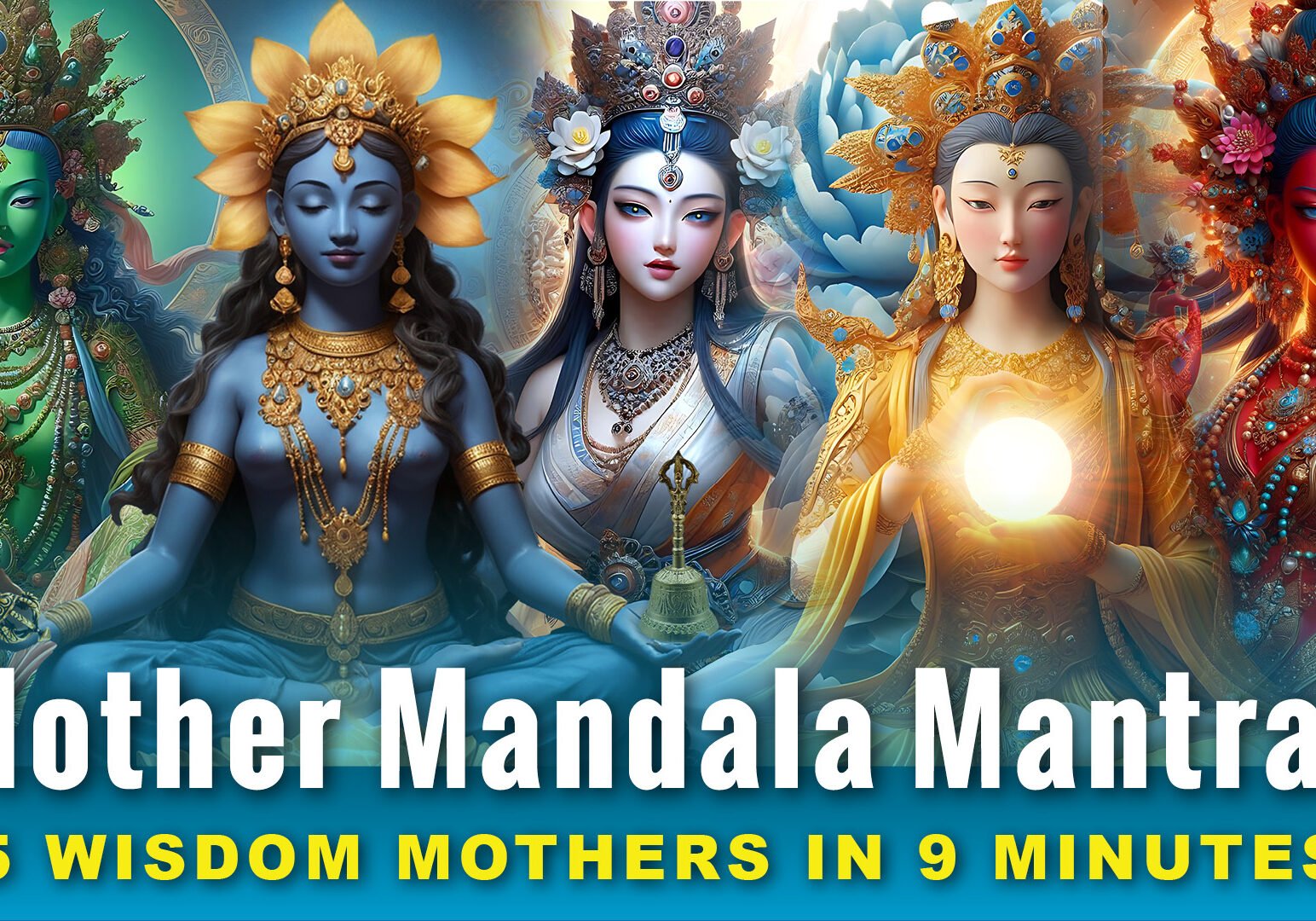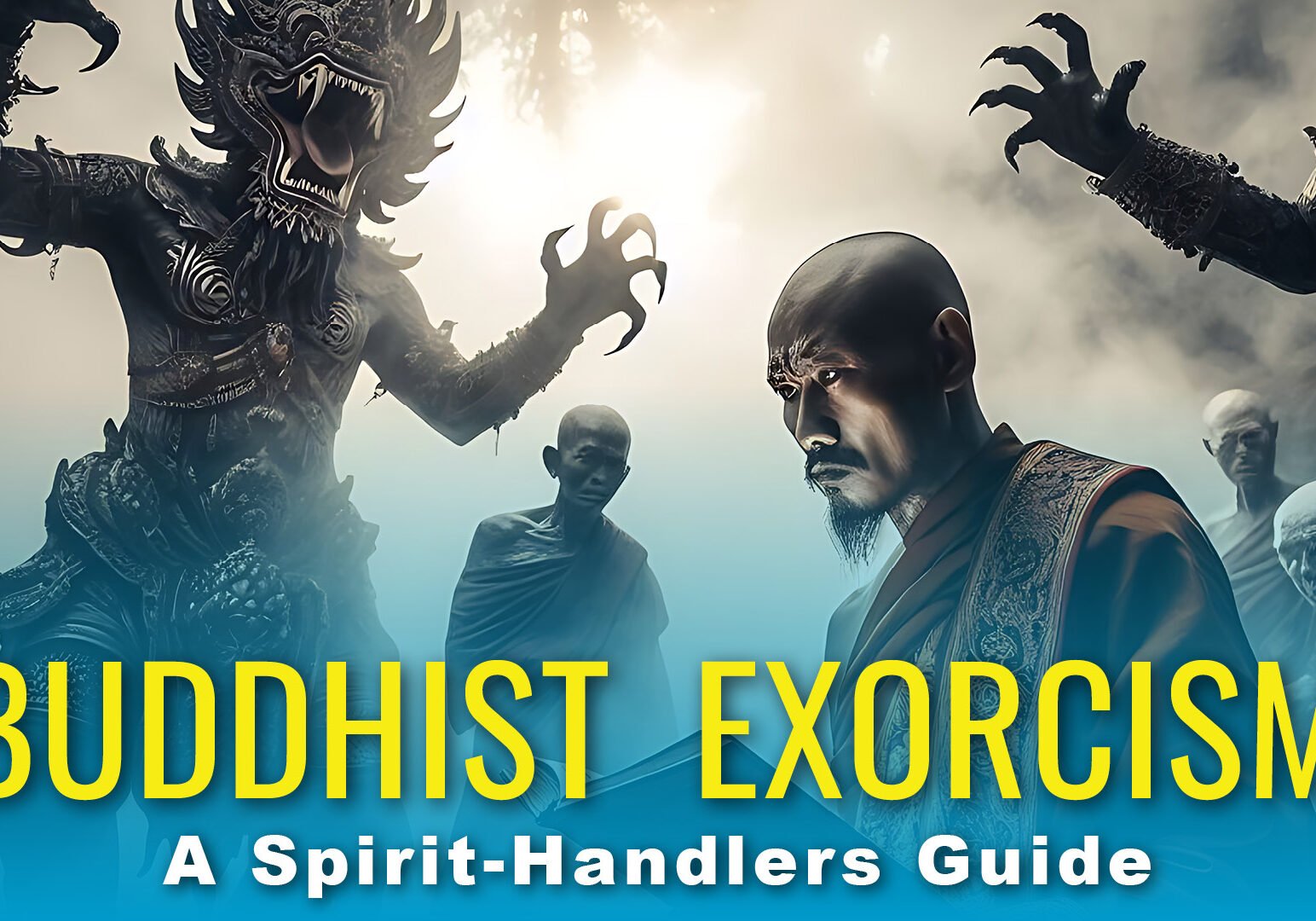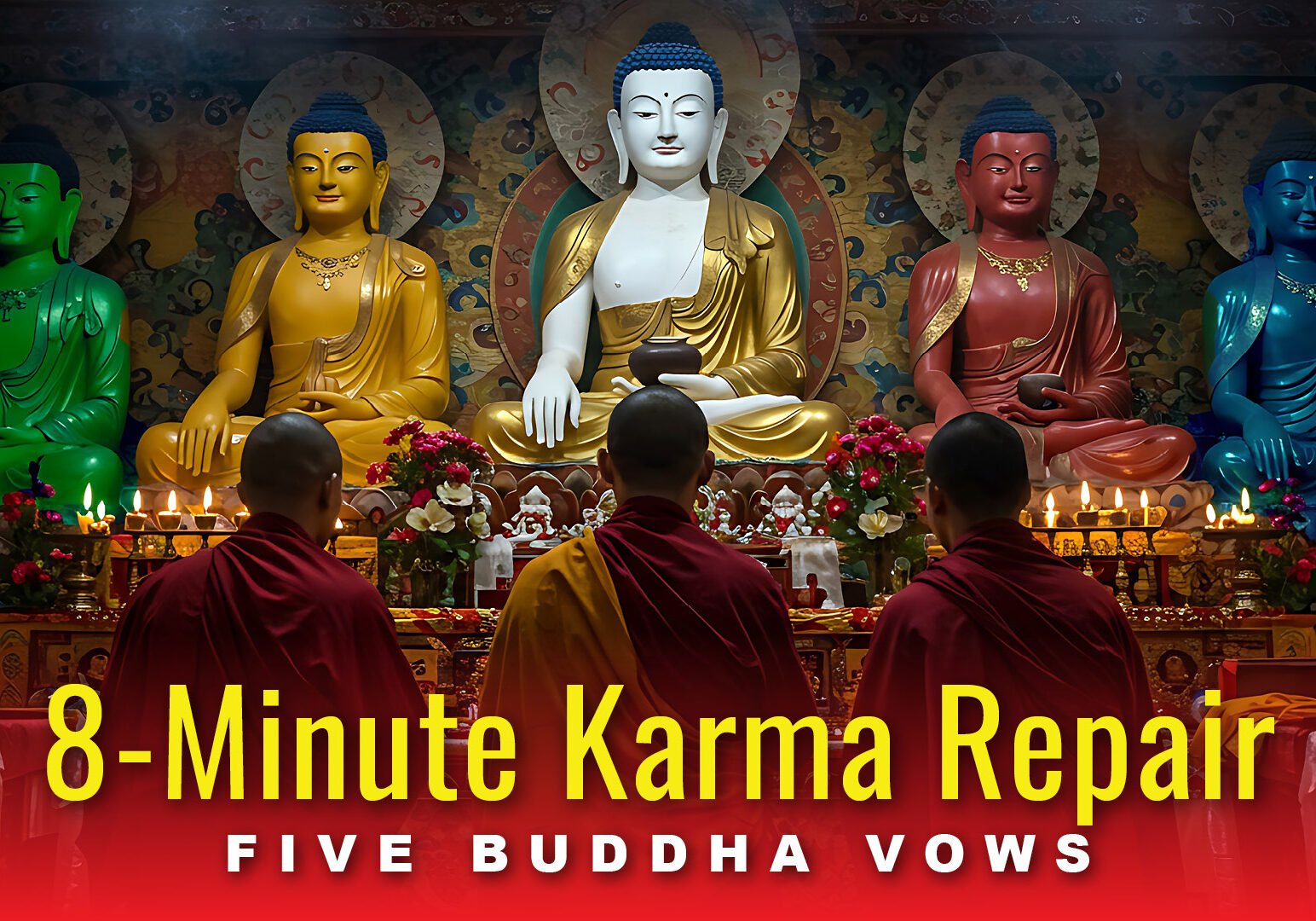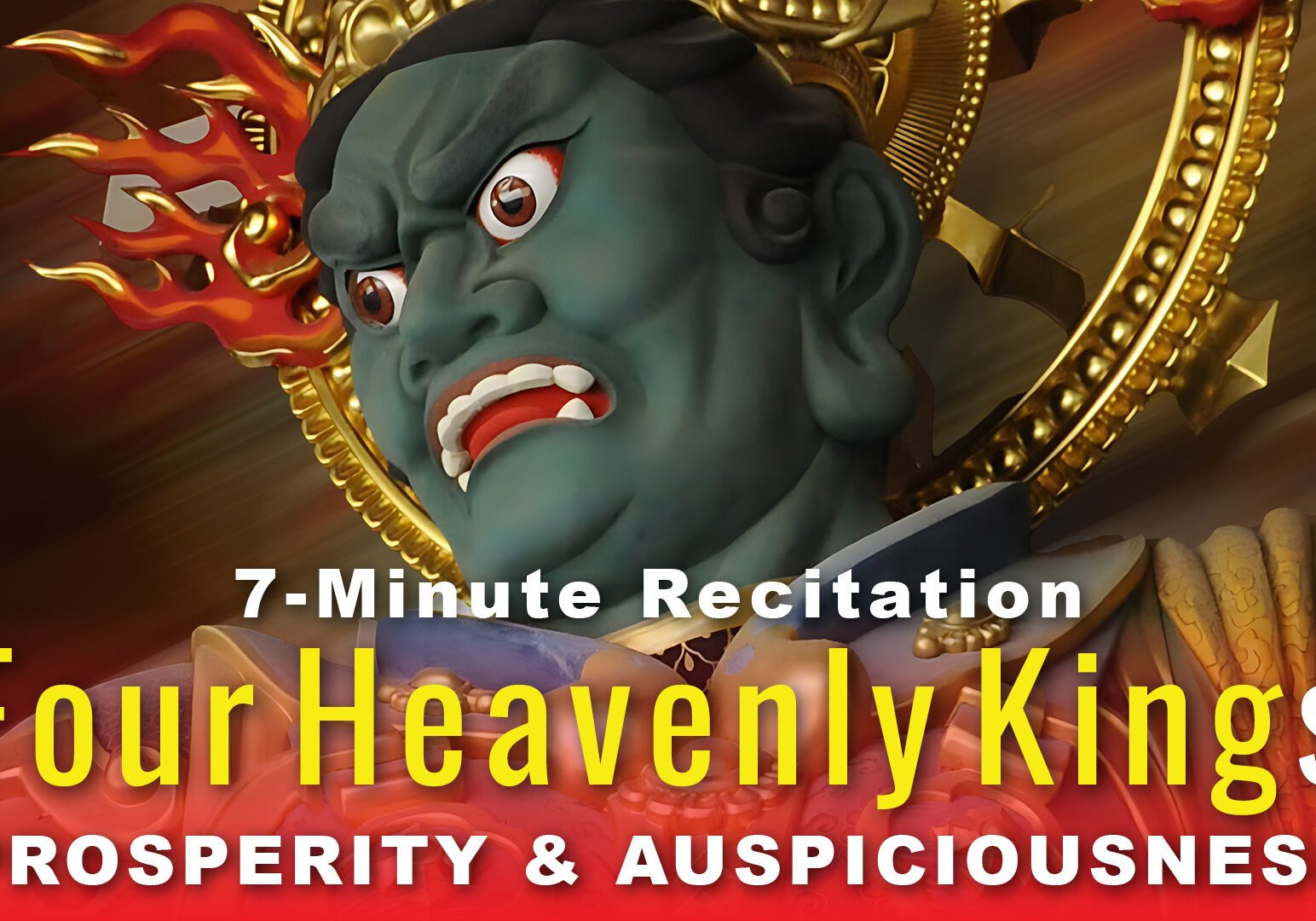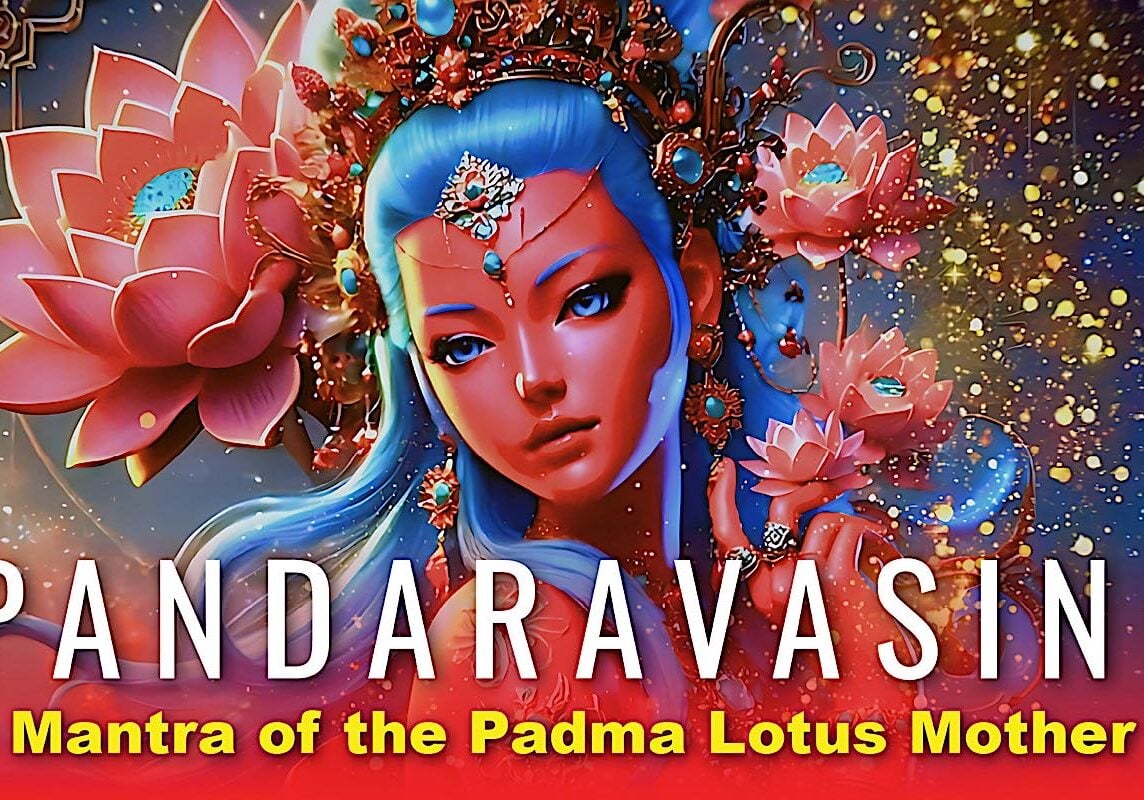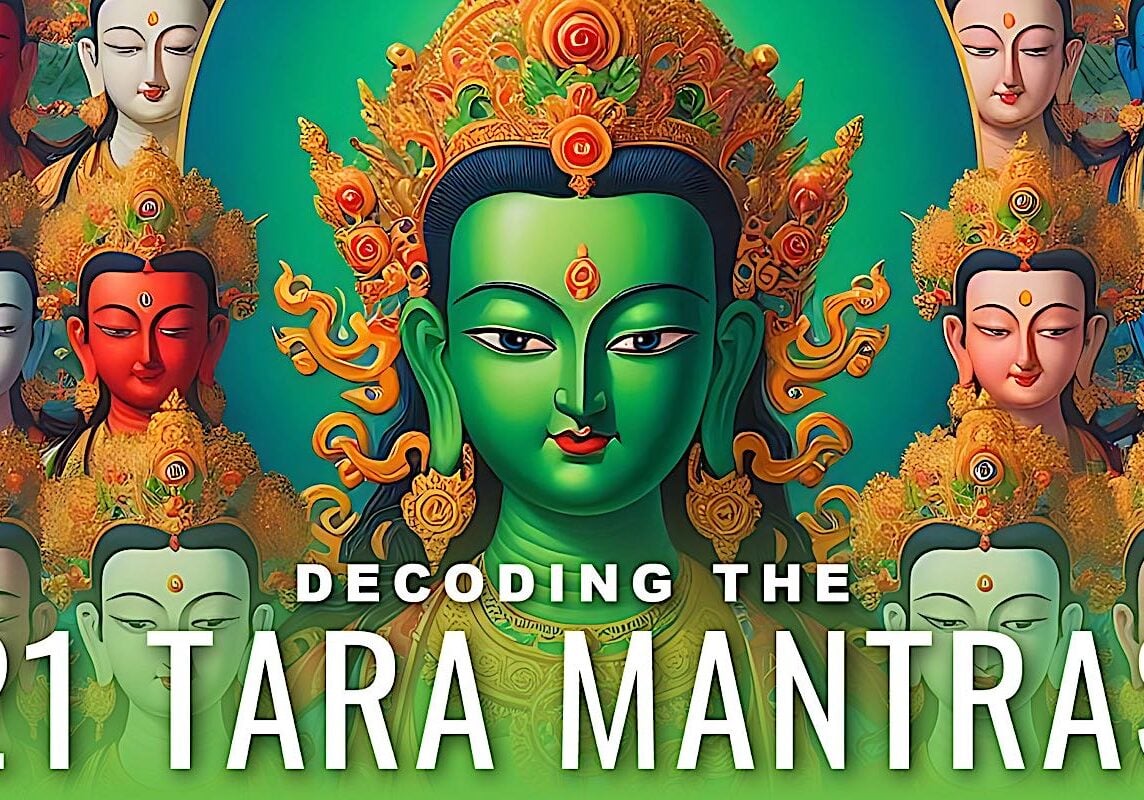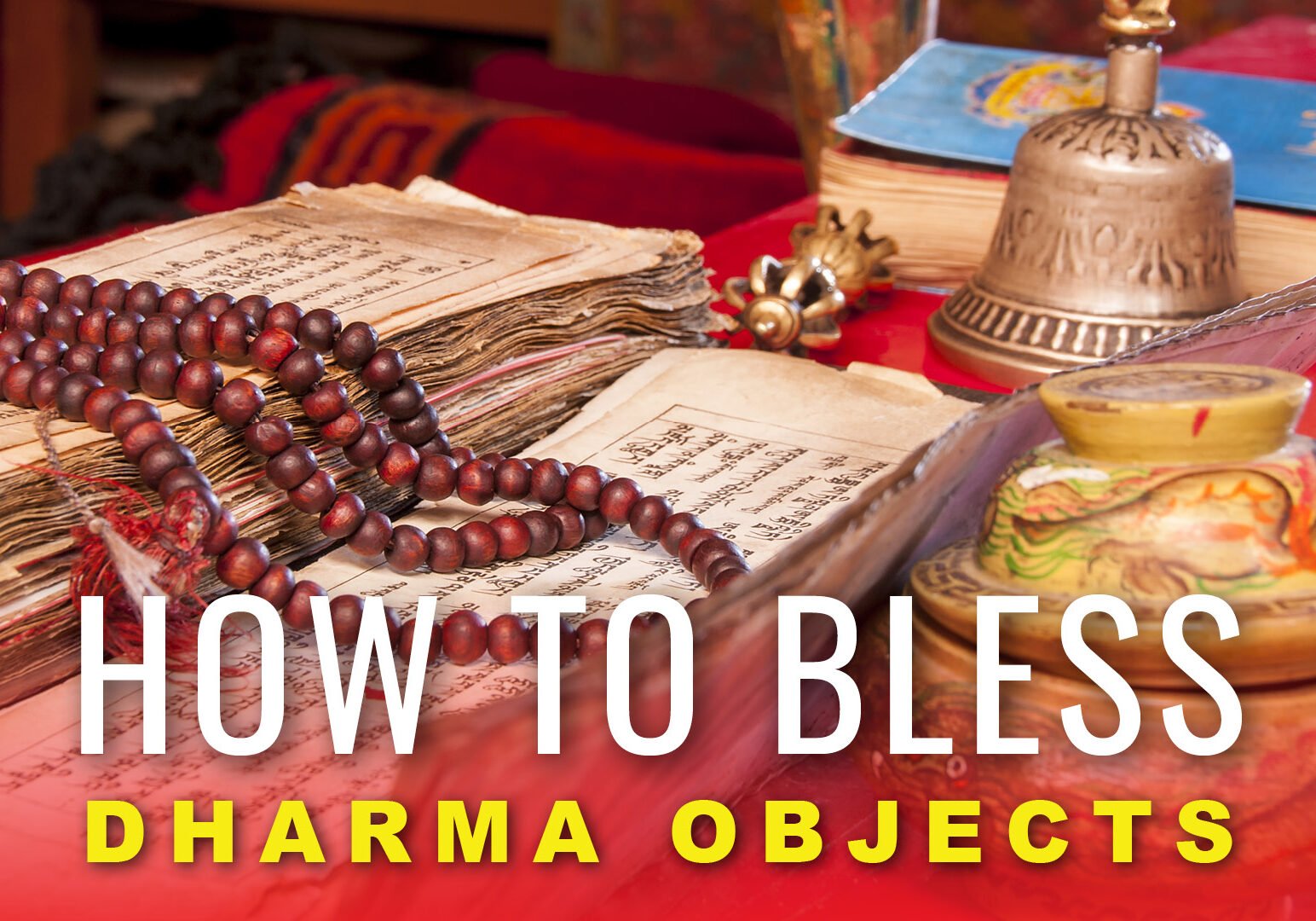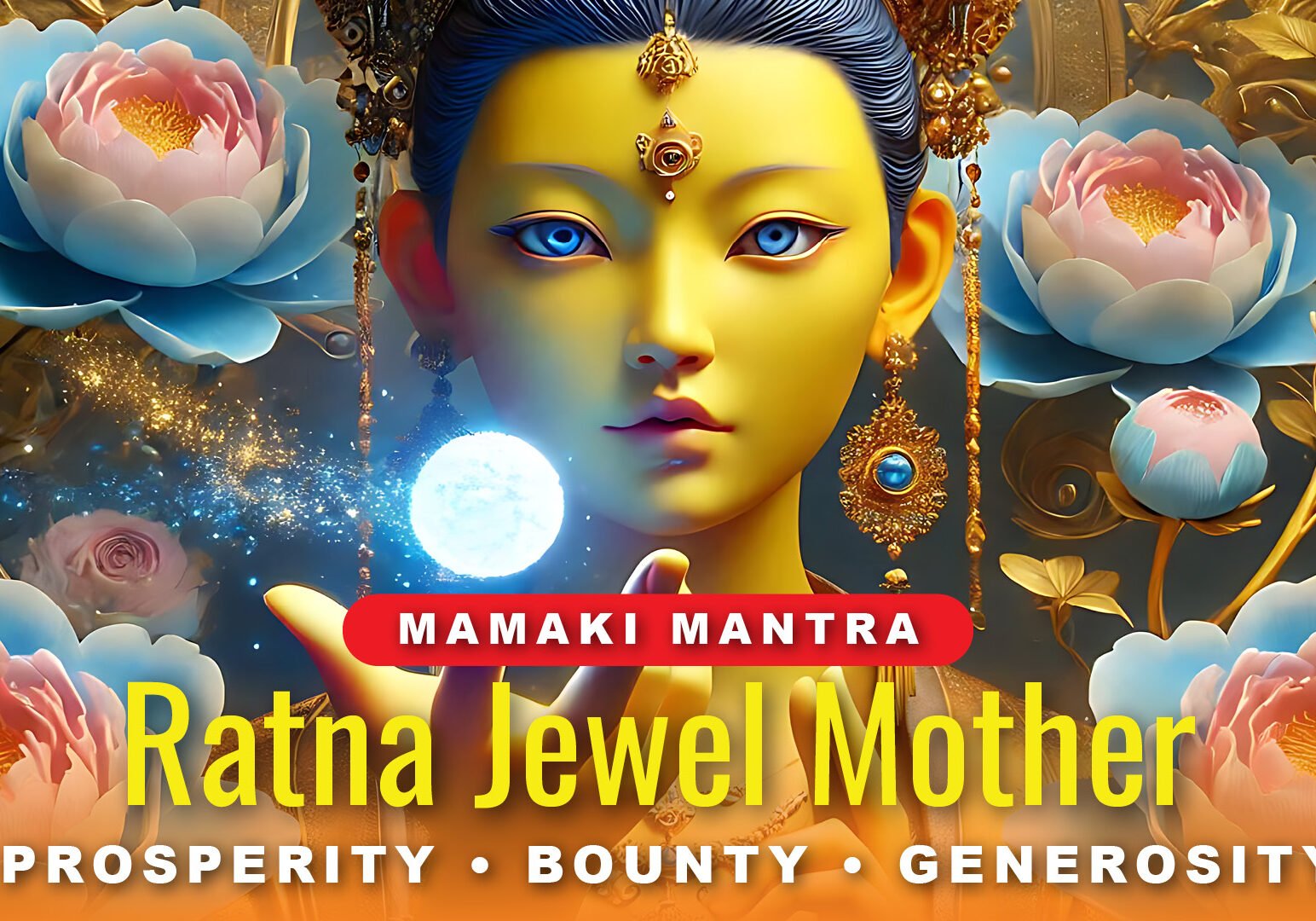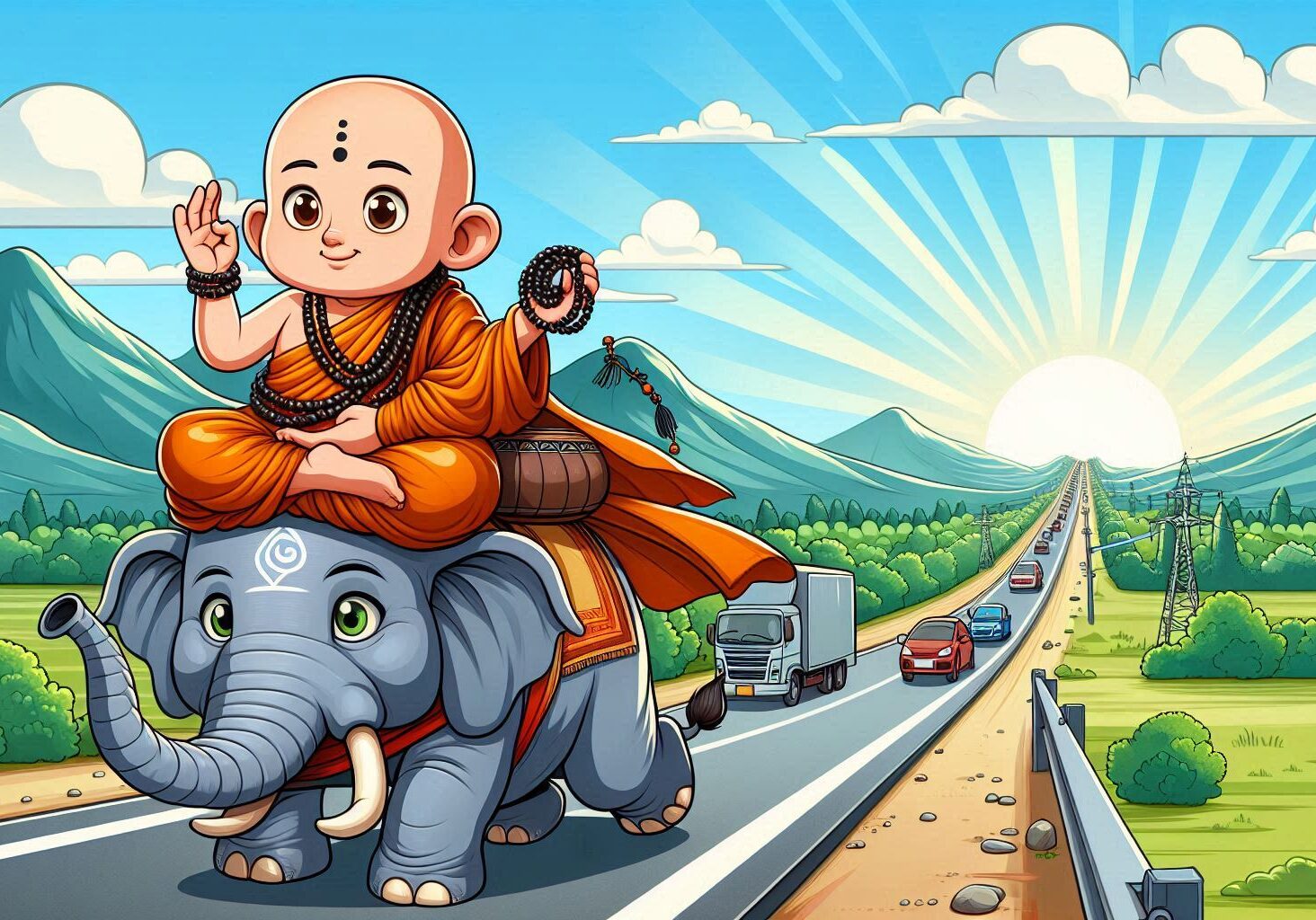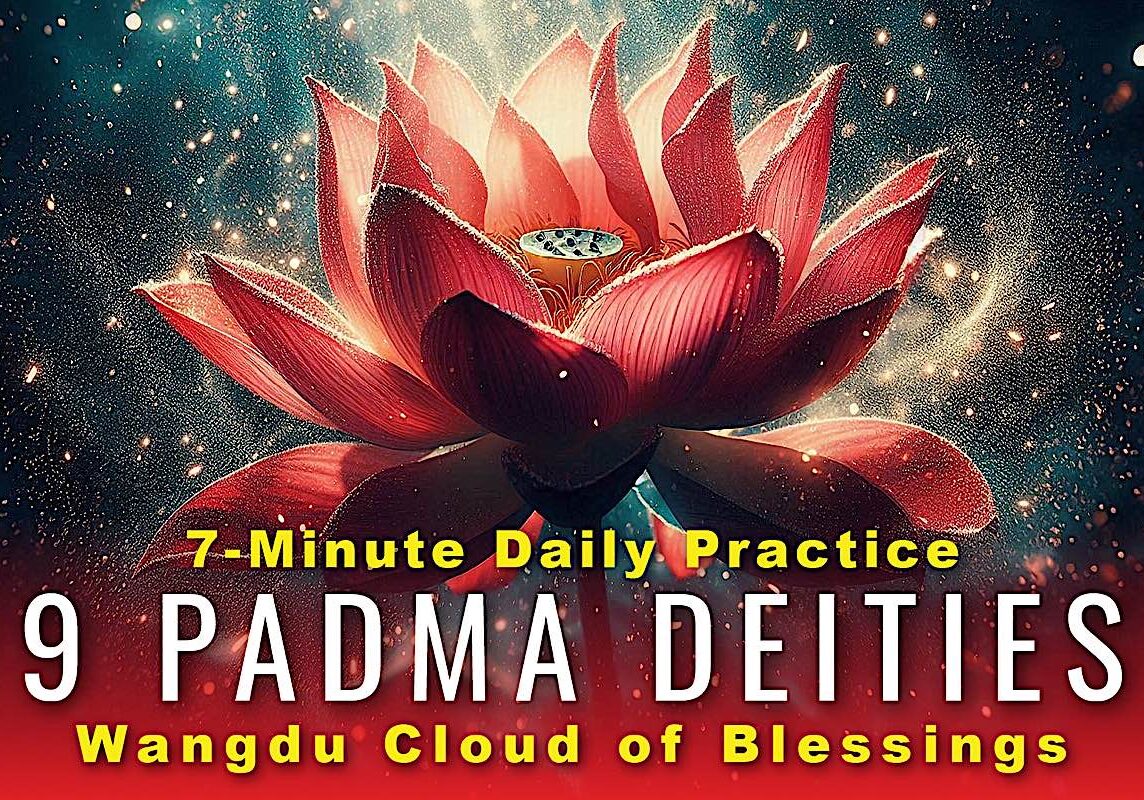Vajrayana

Wrathful Compassion of Hayagriva, the Heruka emanation of Amitabha Buddha — an important Buddhist practice in modern, difficult times.
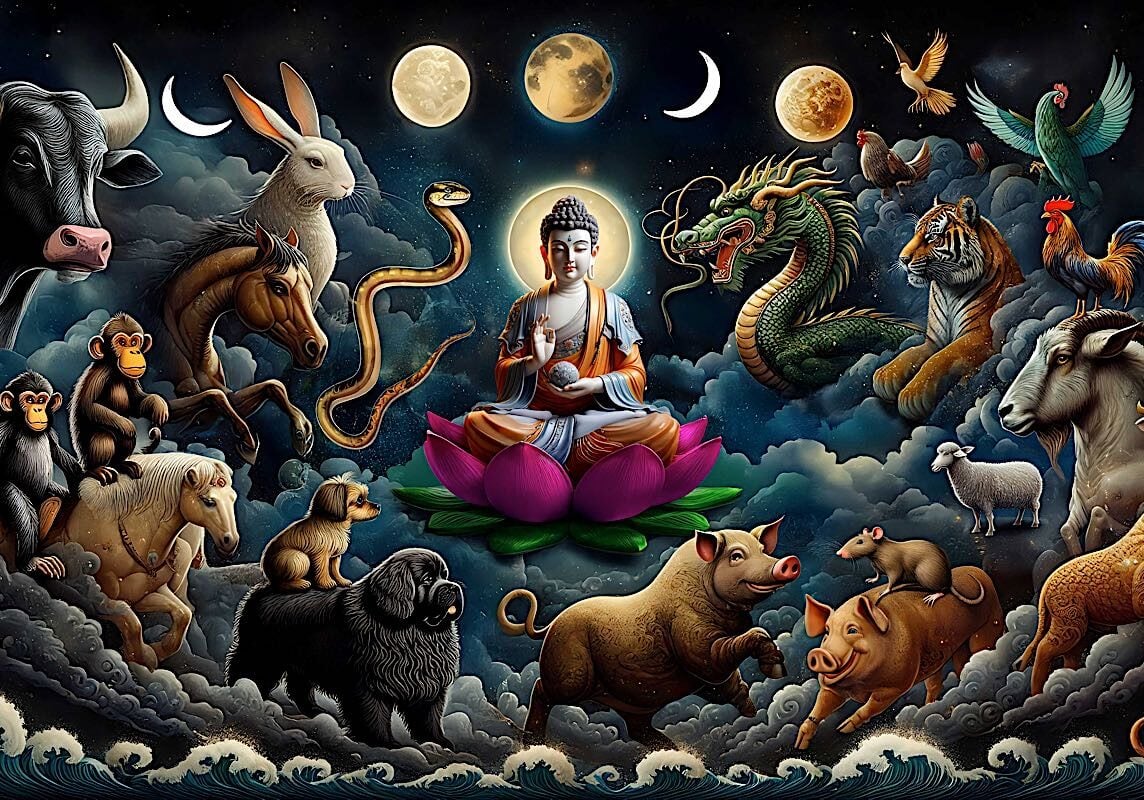
Who is my Enlightened Life Protector Based on Tibetan Animal Sign Zodiac in Buddhism? According to Mewa, Mahayana tradition and Kalachakra-based astrology (with Mantra Videos!)

Mo Dice and Mo Mala, Bamboo Sticks, and other “divinations” — “Mo could prove beneficial…” HH Sakya Trizin

Video: 100 Million Merit Day – Saga Dawa: Holiest Day in Buddhism on June 11 and the Month of Merits

Subtle body as the path to Enlightenment and lighting the inner fire— the five chakras, three channels and two drops of Tantric Buddhism and their practice
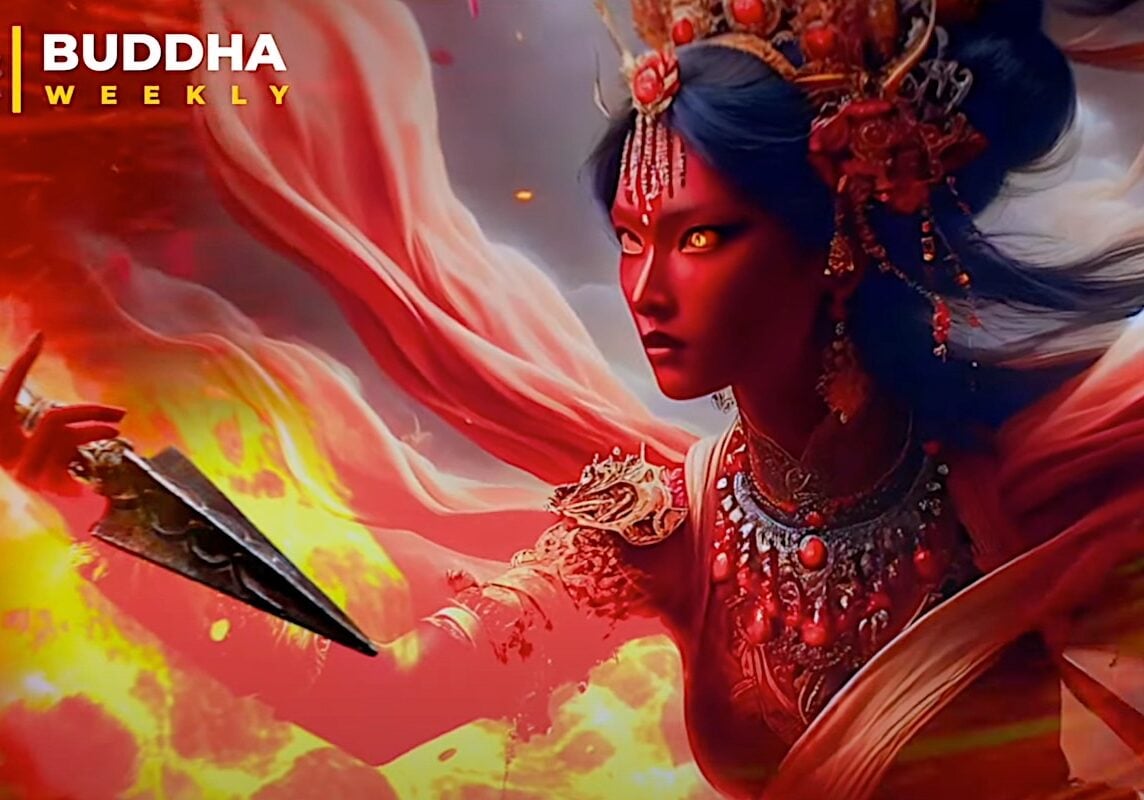
Phurba or Kila: the most potent of wrathful ritual implements in Vajrayana Buddhism, symbolizes the Karma activity of the Buddhas
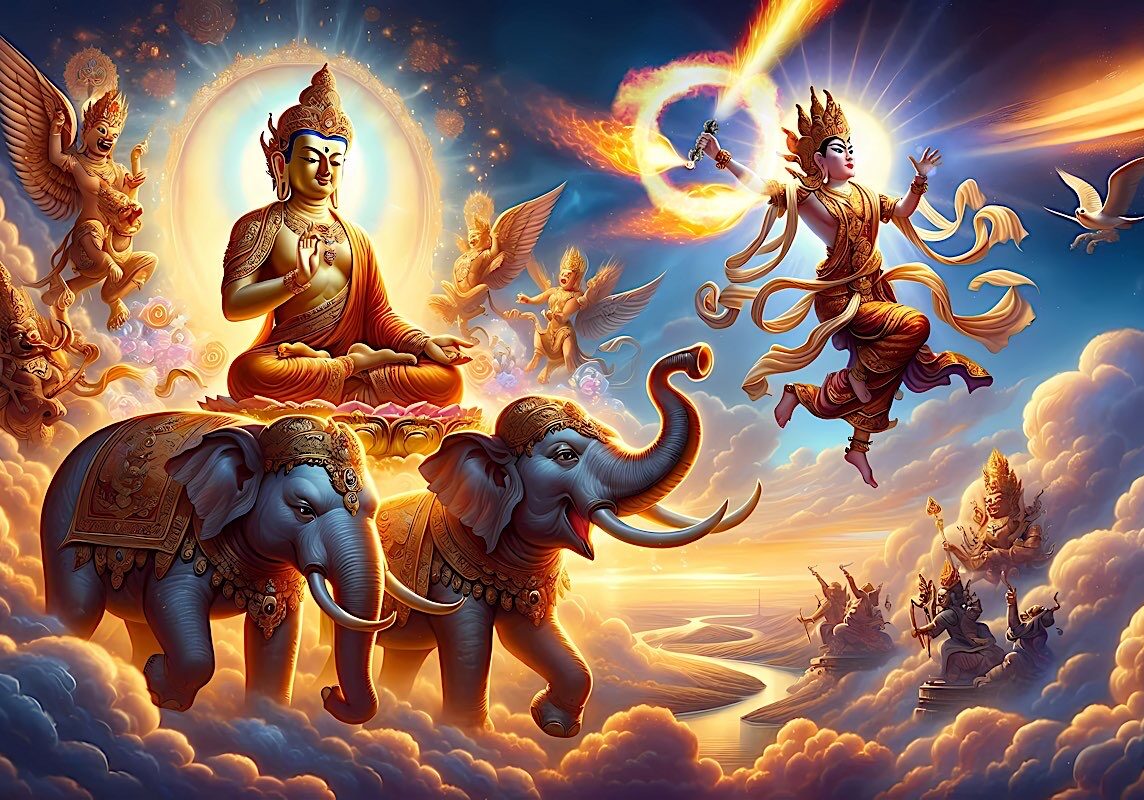
Buddha’s Days of Miracles: 15 Miracles in 15 Days – Extra Merit Practice Days from LOSAR New Year to the Day of Miracles

The Purity Essence Mantra: Understanding and Practicing the Mantra OM SVABHAVA SHUDDHA SARVA DHARMA SVABHAVA SHUDDHO HAM

Guru Rinpoche is ready to answer and grant wishes: “Repeat this prayer continuously” for the granting of wishes

“Means of Accomplishing”: Sadhanas, the secret sauce recipe of Vajrayana Buddhism — the ingredients that make it effective, and how to embrace its elegant formulas

Five Wisdom Dakinis: “The source of the five activities is the dakini” —Padmasambhava: full feature, documentary video and more

Video: Vajrasattva 15-Minute Concise Daily Practice with 100-Syllable Mantra: Purification and Merit

7 DAYS of PURITY: The “Four Rs” of the Final Week of the Year in Buddhism: Vital Vajrasattva Practice and New Year Traditions Explained

Amitabha Buddha practice: easy, welcoming, and his merits are so vast that all beings can benefit: Amitabha Sutra

The First Doctor: Medicine Buddha Bhaisajyaguru Lapis Lazuli Light — Empowering You to Heal; the Buddha of Healing and Medicine and Doctors
Buddha
/
Buddhist Practices
/
Deities
/
Dharma
/
Mahayana
/
Mantra
/
Medicine Buddha
/
Meditation
/
Vajrayana

Why are Vajrasattva, Tara and Ushnisha Vijaya described as the Three Supremes? Triad of Practice: Purifying Ignorance; Overcoming Samsaric Dangers; Triumph Over Death

Upaya: Is Skillful Means, Imagination and Creativity the Path to Realizations? Experiential Buddhist Practice or Yogas Enhance Intellectual Study.

Ushnisha Vijaya Dharani Overcomes Six Types of Suffering, Conquering the Lord of Death: Supreme in Six Realms

Where is Buddha? Where are Purelands? Where is the most Sacred Place? “Your mind” is where you’ll find Buddha, Dharma and Sangha

Limitless Tara, Beyond the Green: Mother of all the Buddhas, Goddess of Many Colors, Consort of Buddhas, Wisdom Mother, Action Hero…
Bodhisattvas
/
Buddha
/
Dakini
/
Dakini Wisdom
/
Deities
/
Dharma
/
Mahayana
/
Mantra
/
Tara
/
Vajrayana

The Four Generosities of the Buddha Ratnasambhava and the Jewel Family: Practices, Sutras, and Mantras to Conquer Pride with Equality

Honoring Guru Rinpoche: The Life and Teachings of the Lotus Born Padmasambhava Buddha on His Annual Anniversary

Tara, the Saviour, and Vajrayogini the Sarvabuddhadakini: how are they different, and how are they the one? The importance of Female Buddhas: Wisdom personified

Wangdu Great Cloud of Blessings: the 9 Magnetizing Activity Yidams of the Padma Buddha family: Amitabha, Kurukulla, Chenrezig, Hayagriva, Vajrayogini, Vajradharma, Padmaraja, Chakrasamvara, Guhyajnana

Complete Guide to Buddhist Mantra Yana Practice: 4 Foundations and 9 Tips for Maximizing Mantra Benefits
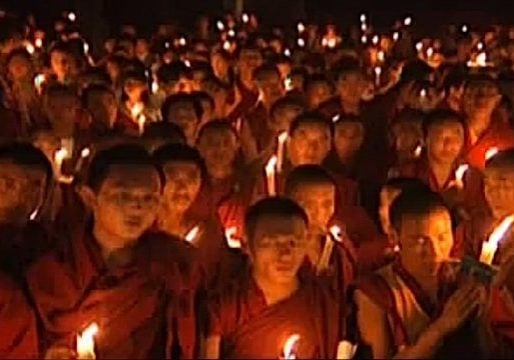
Mantra Part 2: Good Vibrations — Mantras in Buddhist Practice “Of what is the body made? Of emptiness and rhythm.” How does mantra work?

Amoghasiddhi Essence of Lifeforce: Modern, Success-Oriented and Profound Practices of the Karma Buddha Family

Guru Rinpoche answers Lady Tsogyal: Should we practice one or many yidams? Is the master or the Yidam more important? Why is it important to practice the yidam deity?
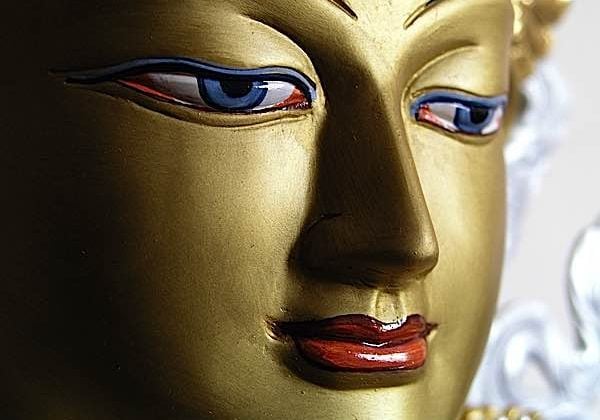
Avalokitesvara compassion practices can “enhance treatment of anxiety, depression, trauma” say some scientists and clinicians. For the rest of us, his compassion brings us closer to bliss and wisdom.

Guru Rinpoche Taught “Mala Should Accompany You Like Your Shadow”– A Complete Buddhist Guide to Practicing with a Mala

Guru Rinpoche’s advice for visualizing the deity: a how-to from Padmasambhava with advice from today’s teachers (with video how-to)

What are deities? Not other than “the qualities of the fully awakened… latent within us.” Who is Guru? “the pointer to these qualities”

The “Four Rs” of the Lunar Year End in Buddhism: Vital Vajrasattva Practice and Pre-Losar Traditions Explained

Ten foundations of secret mantra; ten faults of being unsuccessful in Dharma practice; ten key points for practicing. Guru Rinpoche teaches Lady Tsogyal

Treasures of Bardo Thodol – The Book of Liberation Through Understanding the Between — incorrectly translated Tibetan Book of the Dead

Video: Hayagriva’s Powerful Mantra 1 Hour of Chanting: King of Protections, Mantra for troubled times

Green Jambhala and Wisdom Dakini: The Karma Family Activity of Prosperity, aspects of Tara and Amoghasiddhi Buddha

Stream of Gems Vasudhārā: The Buddhist Tara Goddess of Wealth and Prosperity; Mother Earth Who Witnessed Buddha’s Enlightenment

Ganden Ngamchoe Paranirvana Day: Celebrating the Great Enlightened Sage from the Land of Snows Lama Tsongkhapa December 7

Emptiness and Shunyata: What the Teachers Say About Emptiness: Removing “Lazy Nihilism” and “How Deep the Rabbit Hole goes”

Maha Vairocana Buddha of the 1000 Universes and Lotus Petals, Buddha of the Multiverse, Buddha of Light — Includes full chapter with “all mantras of all Buddhas”

In Vajrayana, the Four Directional Dignities — Garuda, Snow Lion, Tiger and Dragon — are not just for prayer flags; they are profoundly powerful guardians of our mind

Why do Vajrayana Buddhists always symbolically carry a bell and vajra? What do they represent? How do we practice with ghanta and dorje?

Sitatapatra or Dukkar — the ultimate protective Bodhisattva Goddess, form of Mother Tara — 1000 arms or 2 arms, she is “Aparajita” the Undefeatable One

Simhamukha Dakini, the supremely ferocious remover of obstacles, Sengdongma, snow-lion-faced Dakini, whose roar defeats all negativities, curses, obstacles or evil forces

Vajrayogini, enlightened wisdom queen, leads us to bliss, clear light and emptiness, despite modern obstacles

“Mind Jewel” Green Tara – a Highest Yoga Tantra practice of Chittamani Tara (Cittamani), Mother of all the Buddhas
Bodhisattvas
/
Buddha
/
Deities
/
Mahayana
/
Tantra
/
Tara
/
Vajrayana
/
What the Buddhist Teachers Say

Padmasambhava Guru Rinpoche’s condensed “all teachings into one — which is concise and easy to practice”at the time of death: as requested by Lady Tsogyal
Buddhist Practices
/
Dakini
/
Dakini Wisdom
/
Deities
/
Guru Rinpoche
/
Tantra
/
Teachers
/
Vajrayana

How can Kalachakra meditation help to relieve our suffering? Why is Kalachakra considered to be the highest yoga meditational form of Shakyamuni Buddha?

The eleven aspects of Manjushri — kind, wrathful, protective, teaching and “beastly” — white, yellow, black; father, mother, spiritual child
Bodhisattvas
/
Buddha
/
Buddhist Practices
/
Deities
/
Dharma
/
Mahayana
/
Mantra
/
Tantra
/
Vajrayana

Cham Dance in Tibetan Buddhism and Vajrayana: What is it and why is it important for Losar and other special occasions

Prayer Wheels — “Mindful meritorious, mantra wheels” — Holy Land Prayer Wheels, guided by advice from H.E. Garchen Rinpoche

Mahakala: Miracles of Great Black and the Dalai Lama — three Men in Black, the Mahakala brothers, the Dalai Lama, and a crow
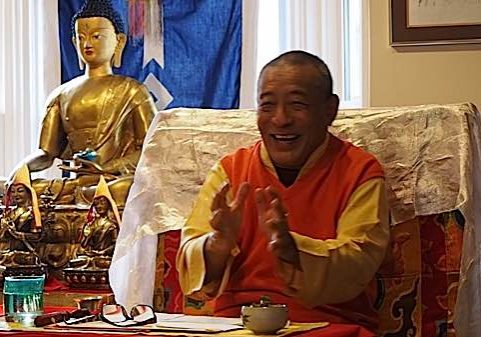
Why giving and taking practice is an important kindness meditation and Bodhichitta practice; how to do it guided video: Zasep Rinpoche
